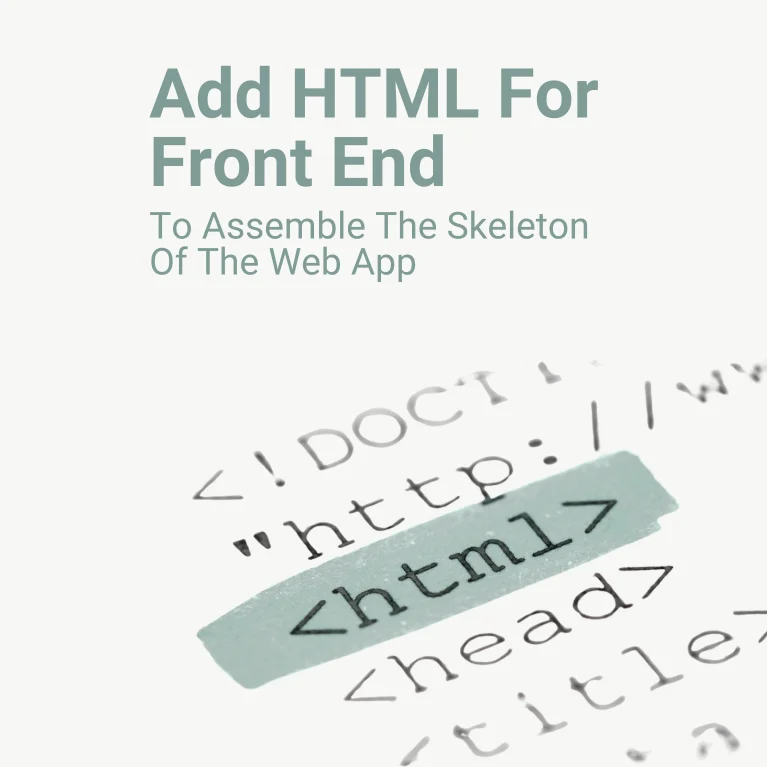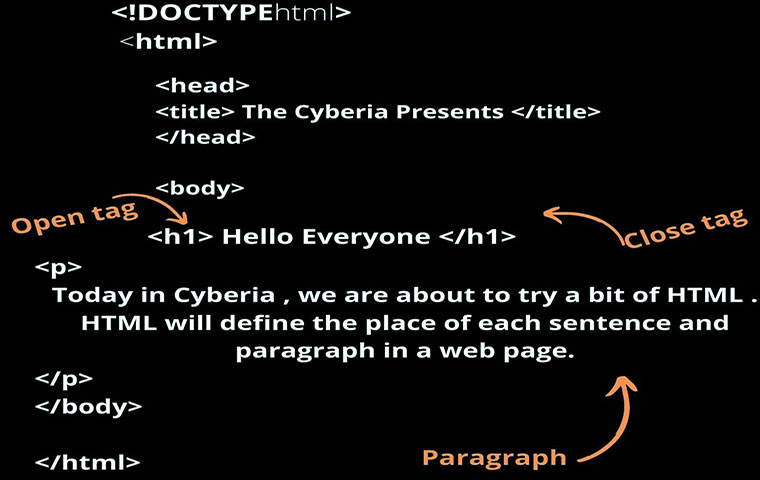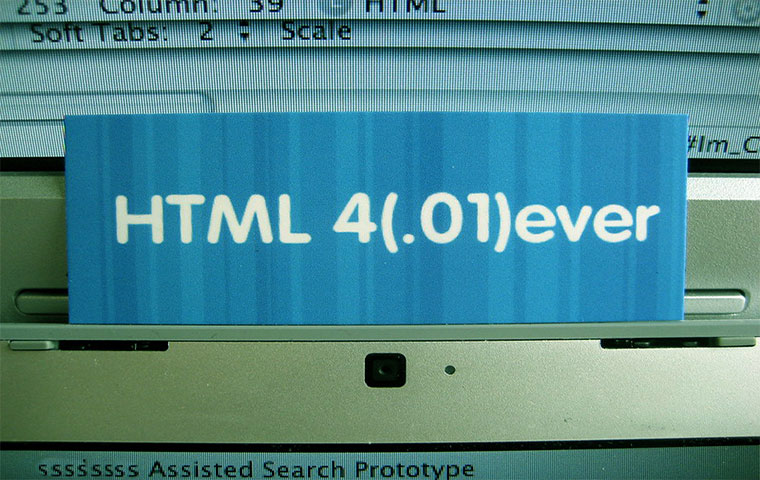In-App Purchases vs Ads: Which Strategy is Best?
You’ve created your app, and people are starting to download,...
We use cookies for our website to give you the most relevant experience by remembering your preferences. By clicking “accept”, you consent to use of ALL the cookies
This website uses cookies to improve your experience while you navigate through the website. Out of these, the cookies that are categorized as necessary are stored on your browser as they are essential for the working of basic functionalities of the website. We also use third-party cookies that help us analyze and understand how you use this website. These cookies will be stored in your browser only with your consent. You also have the option to opt-out of these cookies. But opting out of some of these cookies may affect your browsing experience.
Necessary cookies are absolutely essential for the website to function properly. These cookies ensure basic functionalities and security features of the website, anonymously.
| Cookie | Duration | Description |
|---|---|---|
| cookielawinfo-checkbox-functional | 11 months | This cookie is set by GDPR Cookie Consent plugin. The cookie is used to store the user consent for the cookies in the category “Analytics”. |
| cookielawinfo-checkbox-functional | 11 months | The cookie is set by GDPR cookie consent to record the user consent for the cookies in the category “Functional”. |
| cookielawinfo-checkbox-necessary | 11 months | This cookie is set by GDPR Cookie Consent plugin. The cookies is used to store the user consent for the cookies in the category “Necessary”. |
| cookielawinfo-checkbox-others | 11 months | This cookie is set by GDPR Cookie Consent plugin. The cookie is used to store the user consent for the cookies in the category “Other. |
| cookielawinfo-checkbox-performance | 11 months | This cookie is set by GDPR Cookie Consent plugin. The cookie is used to store the user consent for the cookies in the category “Performance”. |
| viewed_cookie_policy | 11 months | The cookie is set by the GDPR Cookie Consent plugin and is used to store whether or not user has consented to the use of cookies. It does not store any personal data. |
Functional cookies help to perform certain functionalities like sharing the content of the website on social media platforms, collect feedbacks, and other third-party features.
Performance cookies are used to understand and analyze the key performance indexes of the website which helps in delivering a better user experience for the visitors.
Analytical cookies are used to understand how visitors interact with the website. These cookies help provide information on metrics the number of visitors, bounce rate, traffic source, etc.
Advertisement cookies are used to provide visitors with relevant ads and marketing campaigns. These cookies track visitors across websites and collect information to provide customized ads.
Other uncategorized cookies are those that are being analyzed and have not been classified into a category as yet.
Cyberia Tech, Inc. respects your privacy. This Privacy Policy explains how we collect, use, and share your information. By using our services, you agree to this policy. If any other agreements conflict with this Privacy Policy, the terms of those agreements prevail.
Cyberia Tech complies with the EU-US and Swiss-US Privacy Shield Frameworks for handling personal data from the EEA, UK, and Switzerland. In case of any conflict, the Privacy Shield Principles prevail. Learn more at Privacy Shield. Key Definitions
Information linked to an individual, transferred from the EEA, UK, or Switzerland to the U.S.
Data revealing race, religion, health, sexual orientation, and similar categories.
Effective Date: [ 2025 / 11 / 29 ]
Welcome to The Cyberia Tech ! By accessing or using our website or services, you agree to
comply with and be bound by these Terms of Use and our Privacy Policy. If you do not agree with
these terms, please do not use our Services.
Loading
0 %

Frontend HTML code is the first thing you will encounter at the start of a web application development process. Front end HTML codes will establish the basis and location of every word, title, and image.
Understanding HTML is the initial step for any developer, whether they are frontend or backend developers. You might be able to do away with JavaScript scripts, but HTML for front end is like the cement for building a house.
A functioning web app cannot be built without HTML. This essay will concentrate on HTML’s capabilities and requirements.
Table of Contents
Before we get into the technical aspects of HTML on the frontend, let’s first talk about HTML. It is an abbreviation for Hyper Text Markup Language, which describes the layout of words, phrases, graphics, and so on. As a result, it is vital to understand that HTML is not a programming language.
Tim Berners-Lee introduced HTML in 1991, and it has undergone multiple modifications since then. He created HTML for the front end using the SGML (Standard Generalized Markup Language) syntax, which is used to describe document files. HTML5 is the most recent version used by developers today.
The way that frontend HTML works is pretty simple, like the clear and well-organized structure of its documents.] It can be regarded as sets of instructions that oblige the browser to show them.

HTML is a language that uses tags to display anything; moreover, the current version allows audio and video elements.
These tags and codes instruct the browser on what to do with all of this information. The!DOCTYPEhtml> at the start indicates that we are using the most recent version of HTML.
The root element is the first <html> tag, and all other codes should be written within this pair. It should be noted that in HTML for the front end, uppercase and lowercase letters make no difference, although everything is in lowercase in general.
Following that, the <head> element defines the title of the web page that shows in your browser’s tab.
Each piece of material included within tags represents an element. Specifying these pieces with different tags makes them more user-friendly and obvious; it also explains the content and order for search engines.
Front end HTML codes will be separated into parts that establish the content’s organization.
Let’s check an example:
<div class= “frontend”>
<h2> HTML</h2>
<p>HTML is the skeleton of a website.</p>
</div>
<div class= “frontend”>
<h2> CSS</h2>
<p>CSS is responsible for styling and colors.</p>
</div>
Each <div> tag in the above example is an HTML element, and they share the same class property with the value “frontend;” both <div> elements have the same style but distinct contents. The class property is in charge of designating HTML components with different values.
Tags may be used to denote a variety of things, such as pictures, sections, forms, data tables, and so on; strangely, each of these categories has its own documentation. Another basic but important HTML element, a>, manages HTML files’ hypertext capability.
It implies you can go from one page to another without repeatedly inputting addresses. The address of another web page can be defined as a Hyperlink within the <a> tags, which are generally shown with underlined blue letters.
The HTML front end input tag, <input>, allows users to enter data into a field; hence, the developer may construct a login form with numerous input components.
Because JavaScript is in charge of providing dynamic figures, buttons, and smart arts, the HTML file will employ the <scrip> tag to direct the browser to the JS file and render those JavaScript components. HTML, CSS, and JavaScript files are like members of the family that cooperate in various tasks but have their specifications.
Rendering is the process of executing HTML codes on a browser so that people can view them. The running method occurs when a user inputs a certain address; as a result, the browser will retrieve the data using Hypertext Transfer Protocol, or HTTP.
When a user sends a request, the browser gets it over HTTP or HTTPS, the secure and encrypted version. The HTML codes are rendered by the browser as DOMs (Document Object Models), in which each image or text is recognized as meaningful and constructing elements of a web app.
When the browser scans the front end HTML codes, it sees other links that relate to other pictures and database tables; as a result, the browser initiates another HTTP request to collect the data and fully display the website.
The image, video, and canvas elements are only accessible in the most recent HTML for front end version. Let’s talk about HTML5’s enhancements in the next part.
It had been a long time since HTML had published a new update, and developers had been upset with the flaws in earlier versions, so the current version was a boon for front end developers.
Front end HTML code must be updated more frequently since it is the building block of online apps and websites and the most commonly used language in web development.

Because the previous version could not handle audio and video files, the developers had to incorporate various plug-ins, such as Adobe Flash Player, in order to publish their media assets.
Unfortunately, this increased the server’s demand and the likelihood of malware attacks. Here are some of the specifications of HTML 5.0:
After you have figured out the benefits of HTML’s new version, it is time to start coding.
To produce frontend HTML codes, a developer needs a few tools, the most important of which is a code editor. Code editors are in charge of managing and modifying code for developers, which makes their job easier.
Code editors may forecast codes, and indicate incorrect code, and you can add plug-ins to assist you throughout your coding work.
Furthermore, many code editors highlight distinct sorts of code so that you are not confused. Among the most popular systems are the VS code editor, ATOM, and Notepad.
Another excellent writing site is CodePen, which allows users to watch their code render as they add tags and strings. This feature is ideal for inexperienced developers since it allows them to test their code as they work. It is a social development environment with a welcoming community that assists newcomers.
GitHub is another helpful tool for frontend HTML writing. The first step in web app development is to create a repository to store your code and track changes.
To save time, you may browse other codebases and repositories on GitHub and use them in your projects. Be cautious not to become accustomed to copying; instead, learn vanilla code first.
Working with HTML codes requires a reasonable level of expertise because the frontend developer must write everything from scratch; hence, it may be time-consuming work, and even after much labor, the website is not yet user-friendly.
It also increases the possibility of errors, and HTML does not provide secret security choices. Writing complicated and boilerplate code, on the other hand, maybe exceedingly perplexing, especially for other developers working on the same project.

The HTML 4.01 was released to fix the previous version’s bugs
Because HTML is a static language that cannot alter dynamic outputs, creating dynamic and entertaining websites with only HTML is difficult. The current version, HTML 5, allows developers to add classes for media files, but the language remains rigid and static.
Despite all of the issues with HTML coding, it is an unavoidable component of a web project that cannot be avoided.
How do you use front-end in HTML?
Where do I even begin?
First, use HTML to build the framework. The first step is to educate yourself on HTML, the universal markup language for websites.
CSS is used for styling. Learning cascading style sheets (CSS) is the next stage in creating a visually appealing website.
Use JavaScript to add interactivity.
Lesson Learned The fundamental languages of Front End development are HTML, CSS, and JavaScript. All three languages may be picked up with little effort and provide enough opportunity for original thought and expression. Learn these three languages and JavaScript frameworks if you want a job as a front-end developer.
The front end HTML codes may create the main framework of a website; even a novice can change some simple codes and create a simple web page. Any developer must be familiar with frontend HTML because it is an essential component of any development project.
Even if you are a backend engineer, learning HTML will allow you to work with the frontend team. As we all know HTML for front end team is like the first steps of baby toddlers, significant and influential.
If you want to begin your online journey, our Cyberia developers would be pleased to provide you with the services you want. Please do not hesitate to contact us and share your thoughts.
You Can Get More Information!
